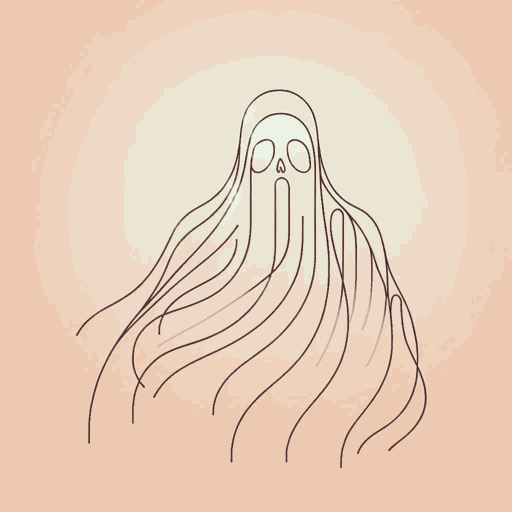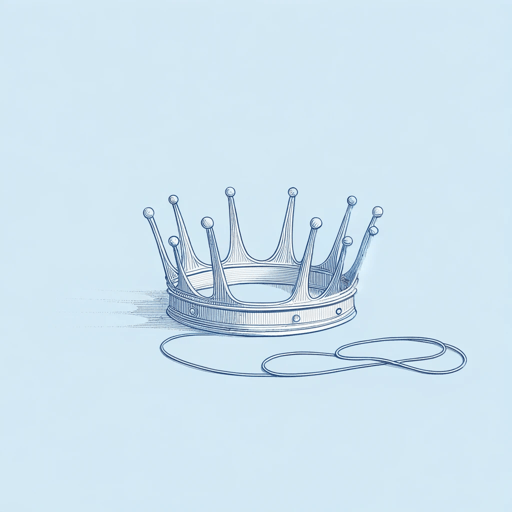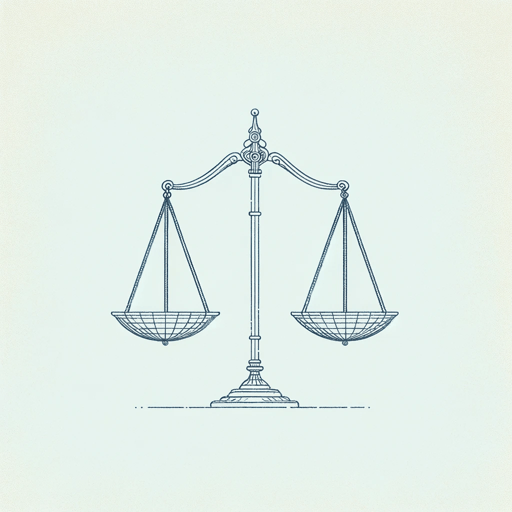19 pages • 38 minutes read
William ShakespeareSonnet 130
Fiction | Poem | Adult | Published in 1609A modern alternative to SparkNotes and CliffsNotes, SuperSummary offers high-quality Study Guides with detailed chapter summaries and analysis of major themes, characters, and more.
Literary Devices
Form and Meter
The poem’s author and the name assigned to the poem tell the reader a great deal about the form and meter. The poem is a sonnet, and since its author is William Shakespeare, it’s a Shakespearian sonnet: It represents Shakespeare’s version of the sonnet. The poem has three quatrains, or three parts consisting of four lines. The poem also has a concluding couplet that clarifies what the other 12 lines were about. In “Sonnet 130,” Shakespeare uses the last couplet to tell the reader that he hasn’t spent the previous 12 lines demeaning his mistress. Rather, the first 12 lines represent his drive to not expose his mistress to “false compare” (Line 14). The speaker and the mistress have a “rare” (Line 13) love, and the speaker doesn’t want to hide their bond with artificial imagery.
Although “Sonnet 130” features a woman absent of a “pleasing sound” (Line 10), the meter and rhyme scheme is quite pleasing. Shakespeare uses iambic pentameter, so there’s an unstressed syllable followed by a stressed syllable, which equals a foot, and each line has five feet or five pairs of unstressed-stressed syllables.
Related Titles
By William Shakespeare

All's Well That Ends Well
William Shakespeare

A Midsummer Night's Dream
William Shakespeare

Antony and Cleopatra
William Shakespeare

As You Like It
William Shakespeare

Coriolanus
William Shakespeare

Cymbeline
William Shakespeare

Hamlet
William Shakespeare

Henry IV, Part 1
William Shakespeare

Henry IV, Part 2
William Shakespeare

Henry V
William Shakespeare

Henry VIII
William Shakespeare

Henry VI, Part 1
William Shakespeare

Henry VI, Part 3
William Shakespeare

Julius Caesar
William Shakespeare

King John
William Shakespeare

King Lear
William Shakespeare

Love's Labour's Lost
William Shakespeare

Macbeth
William Shakespeare

Measure For Measure
William Shakespeare

Much Ado About Nothing
William Shakespeare

